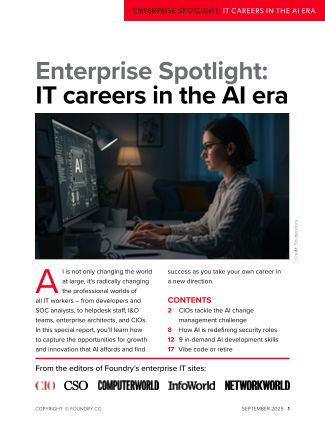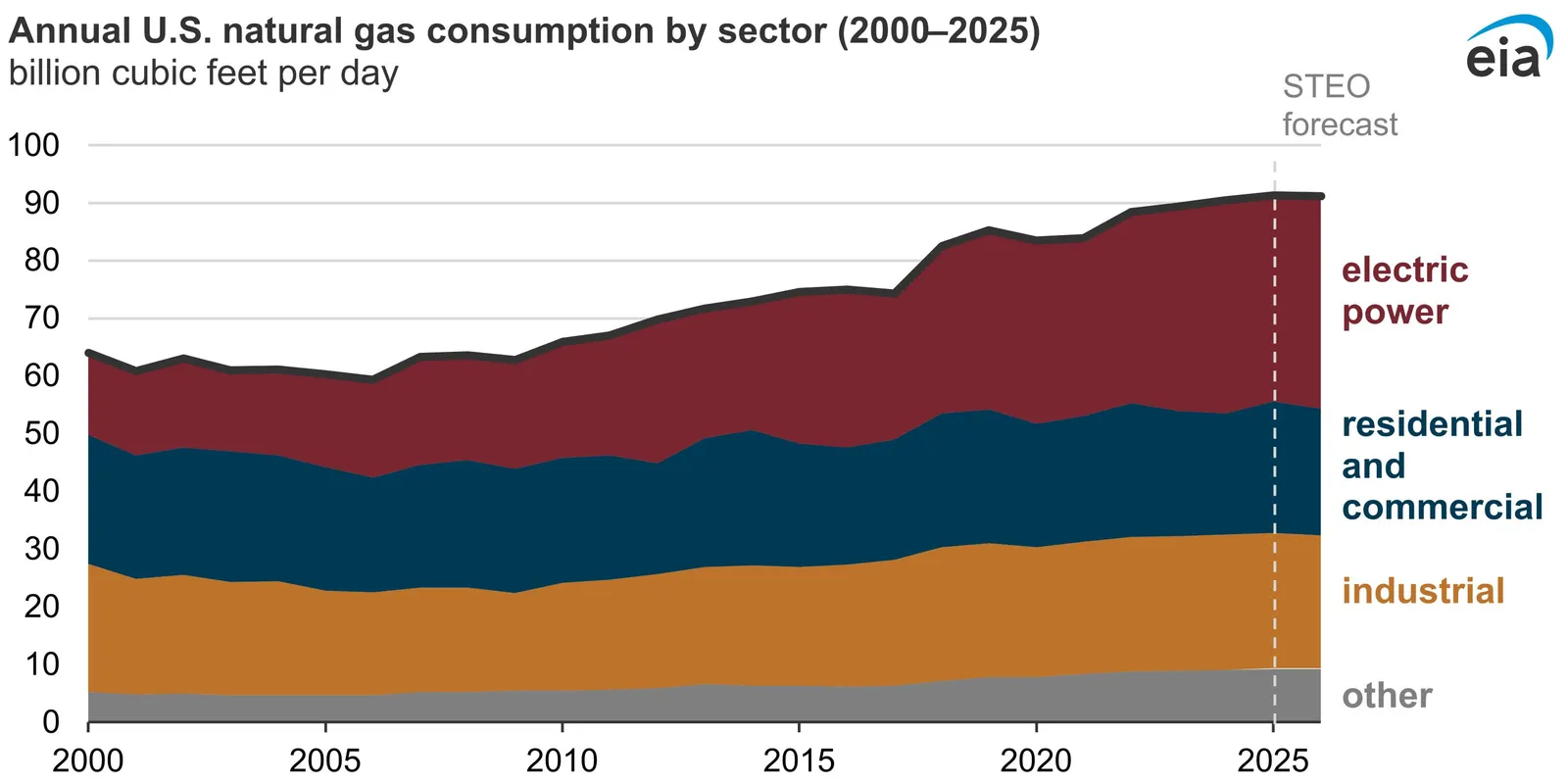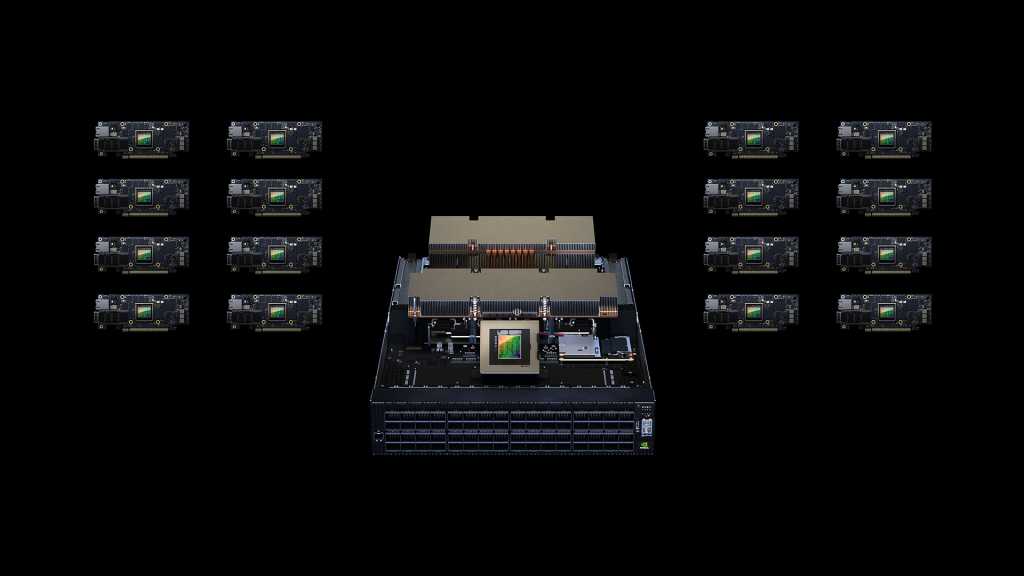
Reactive AI agents
Starting with the reactive category is justified, because this category makes up almost half the total number of deployed AI agent applications enterprises report. Most early enterprise AI applications were chatbots aimed at pre- and post-sale support, and some of these have been gradually converting from online AI chatbots to agent applications because of data security and sovereignty concerns. That movement makes this the first type of agent most enterprises deployed, and the applications look on the surface like the online chatbot apps most of us have played with. The applications are trained on specialized data rather than on the broad Internet, to create “foundation models” and enterprises’ own data is then linked to them via Retrieval-Augmented Generation (RAG), making these the agents most likely to drive initial use of this hybrid model. The target workers for reactive agents are professionals; medical, legal, all the engineering disciplines, and some business planners.
Embedded AI agents
Right now, enterprises indicate that roughly a third of their agent applications fall into the “embedded” category, nearly all of which are deployed as third-party software rather than developed. Most of the embedded agents aren’t based on, related to, generative AI at all, but fit into the “machine learning” category, However, enterprises say that small language models are displacing traditional ML because they offer improved results. These agent applications are feature-justified; users are less concerned that they’re state-of-the-art AI than they are that they deliver a specific benefit. There’s no real drive to harmonize the AI across embedded agents; the majority have minimal hosting requirements and thus sharing hosting isn’t seen as an issue.
Workflow agents
Workflow agents are the type that enterprises are the most likely to develop on their own, and seem to be the fastest-growing agent type so far in 2025. Unlike embedded agents where the AI is secondary to application features, workflow agents usually mandate the enterprise select an AI approach, and that they be aware of hosting. Most (about two-thirds) are built on open-source models, and use a small cluster of GPU servers, typically no more than a single rack. Self-hosted AI, where enterprises actually select models and build clusters, is largely concentrated here, and agent-to-agent workflows are most likely to be found in this category; MCP and A2A usage peaks with this group, and exposure to MCP here seems to be helping MCP gain traction in reactive-agent applications.
The separation of agent technology into these three categories demonstrates that enterprises continue to co-opt AI agents to fit their own model of how AI should apply to business. Given that, it’s fair to ask whether there’s further tuning underway, whether there are ongoing changes and refinements that will further impact how AI is used, and what technologies and vendors might win the AI race.
One candidate is the growing importance of APIs. Since enterprises have tended to focus their self-hosted AI missions on the workflow model of agent use, it follows they’re also interested in agent-to-agent flows and APIs. This has raised the importance of the A2A API, to the point where it seems likely the same model will be used for workflow integration of APIs and applications.
Another candidate change is the use of front-end technology to augment the reactive model of agents. Early enterprise development and use of reactive agents has demonstrated not only that most don’t need to understand totally free-form questions, but also that making such understanding a requirement can double the resources needed to run the agents. If agents are specialized, then a simpler vocabulary is not only justified, but improves project ROI. Some enterprises also note that using a front-end application to create prompts can allow the same agent to support all three agent models; you can feed workflows or even real-time events through one front-end and human interaction through another.






















